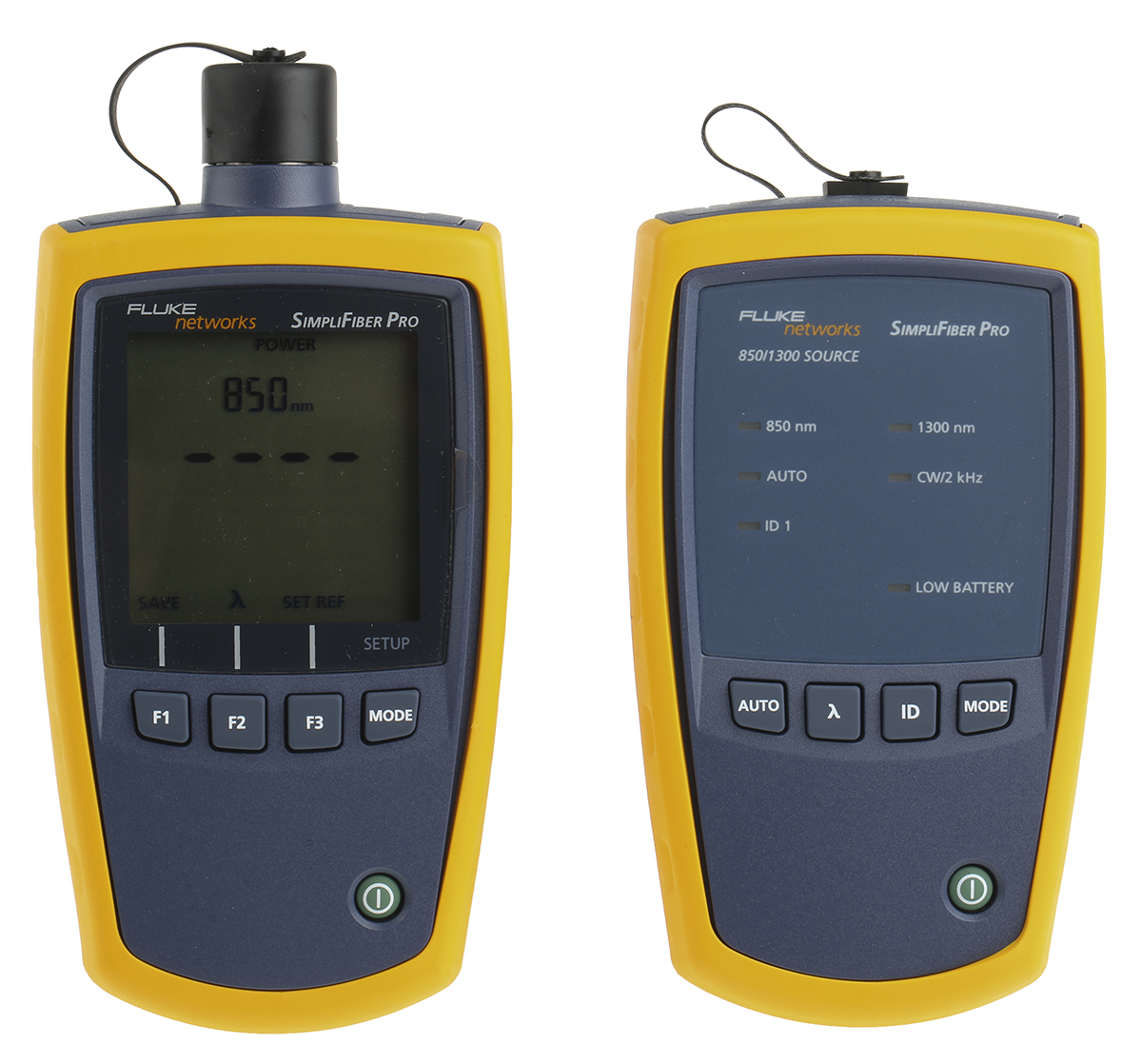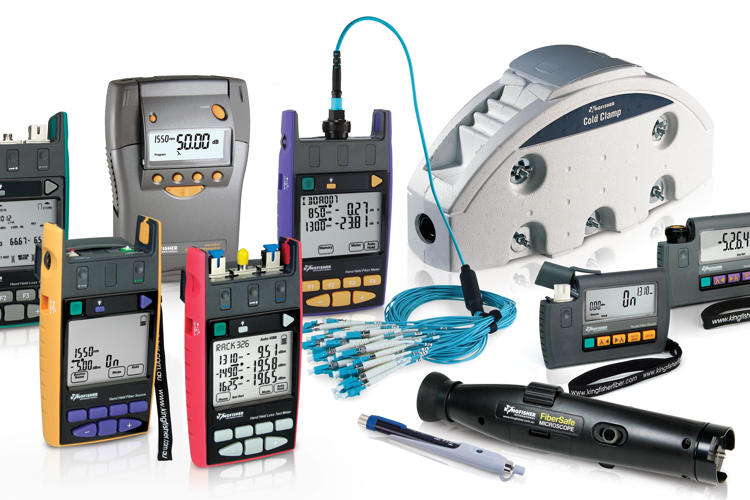A Comprehensive Guide to Optical Measurement System for Fiber Analysis
When it comes to fiber evaluation, understanding optical dimension systems is crucial for examining efficiency and making certain high quality. You'll explore vital techniques like interferometry and spectroscopy, which assist you determine crucial parameters. However there's even more to it than just these techniques; understanding attenuation measurement strategies can greatly influence your network's efficiency. As you browse with this guide, you'll discover understandings that could change your technique to fiber optics.
Understanding Optical Measurement Equipments
When you check out optical measurement systems, you'll uncover they're essential for evaluating fibers with accuracy. These systems make use of light to examine numerous characteristics of fibers, including diameter, refractive index, and harmony. By employing strategies like interferometry and spectroscopy, you can acquire beneficial understandings right into the fiber's properties.You'll discover that these systems are created to reduce errors and enhance precision, making certain trustworthy information for your analysis. Various arrangements, such as single-mode and multi-mode systems, provide to details fiber types, allowing you to choose the most effective suitable for your needs.Moreover, the integration of innovative software application tools helps you interpret the information effectively, making it much easier to recognize any incongruities or issues. As you check out deeper right into these dimension systems, you'll value how they enhance the logical procedure and enhance the total quality of fiber production and testing.
Trick Parameters for Fiber Evaluation
Key parameters for fiber evaluation play an important role in establishing the high quality and efficiency of fiber optics. When you examine a fiber, you'll wish to concentrate on qualities such as depletion, transmission capacity, and modal dispersion. Depletion determines the loss of signal toughness as light trips via the fiber. A lower depletion worth shows far better quality and longer transmission distances - fiber measurement.Bandwidth refers to the data-carrying capacity of the fiber and is essential for high-speed communication. You'll need to examine the bandwidth to assure it satisfies your application demands. Modal dispersion, which develops from the various rates at which light trips through numerous settings in multimode fibers, impacts signal clarity
Methods for Attenuation Measurement

Data transfer and Its Effect On Performance
Recognizing transmission capacity is essential for enhancing fiber efficiency, as it directly affects the amount of data that can be transmitted over a network. Higher transmission capacity means you can send more information concurrently, permitting faster communication and better overall efficiency. When you're working with fiber optics, it's crucial to take into account exactly how data transfer connects with fiber attributes, such as core size and product properties.If the bandwidth is restricted, you might experience data loss or slower speeds, influencing your applications. In addition, various sorts of fibers can support differing data transfer degrees, so it is very important to select the right fiber for your particular needs.You must also remember that ecological elements, like temperature level and external disturbance, can affect data transfer. By understanding these facets, you can make informed choices to improve your fiber optic systems, making certain reliable and reliable data transmission.
Refractive Index Measurement Methods

Total Inner Reflection
Complete inner reflection (TIR) acts as a fundamental concept for measuring the refractive index of fibers. When light trips from a denser medium to a less dense one, it can just be totally mirrored if the angle of occurrence goes beyond a details limit, referred to as the essential angle. This phenomenon permits you to determine the refractive index by analyzing the angles at which light mirrors or refracts. By making use of an arrangement that routes light right into a fiber and measures the resulting angles, you can compute the refractive index accurately. Recognizing TIR not just enhances your fiber analysis but additionally enhances the design and performance of optical systems. So, leveraging TIR can lead to more reliable fiber-based applications.
Interferometric Methods
Structure on the principles of complete internal reflection, interferometric techniques offer a powerful ways for determining the refractive index of fibers with high precision. These methods manipulate the interference patterns developed when beams split and recombine after traveling different courses. You can utilize arrangements like the Michelson or Mach-Zehnder interferometer to evaluate stage changes triggered by modifications in refractive index. By very carefully calibrating your system and analyzing the resulting edges, you can figure out the refractive index with exceptional accuracy. It's essential to maintain secure ecological conditions to lessen mistakes. With these techniques, you'll boost your understanding of fiber buildings, leading to much better efficiency in numerous applications, from telecoms to sensing unit modern technology.
Modal Dispersion and Its Value
Modal dispersion refers to the dispersing of light pulses as they take a trip through a fiber, which can affect the overall efficiency of the system. You'll see that this sensation can bring about indicate distortion, impacting data transmission rates and quality. Comprehending its significance is necessary for maximizing fiber optic styles.
Interpretation of Modal Dispersion
In fiber optics interactions, modal dispersion plays a considerable function in determining signal top quality and transmission speed. It happens when different light settings travel at varying rates through the fiber. Given that each setting has distinct paths and characteristics, they can get you can try this out to the receiving end at various times. This moment difference can bring about signal dispersing and distortion, which can weaken the general performance of the interaction system. You might come across modal dispersion mainly in multimode fibers, where the numerous paths of light worsen the concern. Recognizing modal diffusion is crucial for optimizing fiber styles and ensuring that your communication systems operate successfully, maintaining the integrity of the transmitted signals over longer ranges.
Impacts on Fiber Performance
Comprehending modal diffusion assists highlight its impacts on fiber performance. This phenomenon occurs when different modes of light traveling at varying rates within the fiber, leading to indicate spreading in time. As you analyze optical fibers, you'll discover that enhanced modal dispersion can substantially break down signal top quality, leading to decreased bandwidth and longer transmission distances. In sensible terms, this indicates your information can arrive altered or postponed, influencing overall communication effectiveness. To minimize these effects, you might think about utilizing single-mode fibers, which decrease modal diffusion. By picking the best fiber type and recognizing how modal diffusion affects efficiency, you can improve transmission quality and guarantee reliable data transfer in your optical dimension systems.
Tools and Technologies for Optical Measurements
When it concerns optical dimensions, several innovative tools and innovations go to your disposal to improve fiber analysis. You'll site here locate fiber optic testers, which assess signal top quality and performance, necessary for preserving ideal network efficiency. Optical time-domain reflectometers (OTDRs) are crucial for locating mistakes and determining loss over distances, giving detailed insights into fiber honesty. In addition, spectrometers can analyze light spectra, helping you recognize material homes and composition.Don' t neglect the importance of imaging systems, like electronic microscopes, that enable you to aesthetically check fiber surface areas for problems. Likewise, consider making use of polarization analyzers to measure stress and stress in fibers, which is necessary for comprehending their actions under numerous conditions. By leveraging these tools and innovations, you can substantially boost your fiber analysis procedures, making certain integrity and high performance in your optical networks.
Often Asked Concerns
What Are the Prices Connected With Optical Measurement Systems?
The prices associated with optical measurement systems can vary significantly. You'll need to evaluate devices costs, upkeep charges, software application licenses, and potential training expenditures. Budgeting carefully will help you stay clear of unanticipated monetary obstacles down the line.

Exactly How Often Should Fiber Evaluation Be Carried Out?
You should do fiber evaluation regularly, usually every 6 months or after significant modifications in the environment (fiber measurement). This guarantees excellent efficiency and helps identify possible issues prior to they influence your system's efficiency and dependability
Can Optical Measurement Systems Be Calibrated at Home?
Yes, you can calibrate optical measurement systems in your home, yet it calls for precision. Ensure you comply with the producer's standards, use suitable calibration requirements, and double-check your outcomes to ensure accuracy in your measurements.
What Industries Commonly Make Use Of Optical Measurement Systems?
You'll find optical dimension systems commonly used in industries like telecoms, manufacturing, medical care, and research study. They're crucial for quality assurance, fiber view publisher site analysis, and making certain specific measurements in numerous applications, boosting effectiveness and precision across fields.
Exist Any Type Of Safety Worry About Optical Measurement Solutions?
Yes, there are safety interest in optical dimension systems. You must constantly use protective eyeglasses to secure your eyes from extreme light sources and guarantee proper training to manage tools safely and stay clear of accidents.